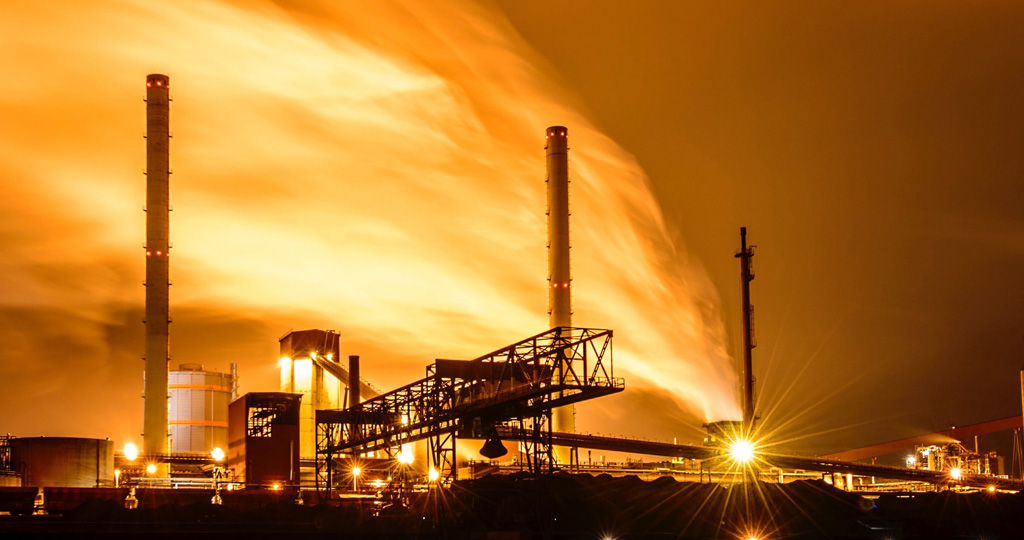









The high-pressure water mist automatic fire extinguishing system, as a new alternative technology, has shown excellent characteristics and has attracted widespread attention from the international fire protection community.
The high-pressure water mist system is composed of water sources, high-pressure pump or gas cylinder groups, official websites, zone control valves, and open or closed nozzles. The system extinguishes fire through three mechanisms:
Cooling: When water turns into steam, it can absorb more heat than other fire extinguishing agents.
Inertization: When water becomes steam, it expands by 1700 times its specific volume, which can locally reduce oxygen concentration.
Blocking: When in a fine water mist state, it can block radiation heat.
There are four types of high-pressure water mist systems:
1. Wet system
Wet systems typically have closed nozzles, and when the ambient temperature at the nozzle exceeds the predetermined rated value, the glass bubble will
If it ruptures, water mist will be released from the nozzle. Wet systems are a commonly used type of system, which are economical for medium and large areas that require regular fire protection, and also have the advantage of only releasing at the location where a fire is detected
2. Open fire extinguishing system
Open fire extinguishing systems typically have open nozzles, with water flow controlled by a normally closed area valve. When the area valve is opened (manually or by the detection system), water mist is released from all nozzles in the area controlled by this valve. Open fire extinguishing systems are generally used to protect mechanical equipment rooms, as they can provide comprehensive and uniform protection throughout the entire space.
3. Dry system
The operation of a dry system is roughly the same as that of a wet pipe system, but during normal operation, the valve maintains water on the pump side of the pipeline, and the pipeline from the valve to the nozzle is filled with compressed air and monitored. When the glass bubble of the nozzle ruptures, the monitoring switch will detect a decrease in air pressure, opening the area valve, and water will then fill the pipeline leading to the nozzle, releasing water mist from the activated nozzle. This system is generally used when the protected area may freeze.
4. Pre action fire extinguishing system
The pre action fire extinguishing system is very similar to the dry type, except that it is connected to a fire detection system. Generally speaking, the valve of the pre action fire extinguishing system needs to meet two conditions before opening; The temperature bubble of the nozzle ruptures and receives a start signal from an independent fire detection system. This type of system is typically used to protect areas where the risk of accidental release needs to be minimized, and pre action fire extinguishing systems are ideal for large data centers, museums, and other buildings.
The evaporation rate of water depends on the surface area, and the water in the bucket evaporates much slower than the water sprinkled on the floor. By turning water into tiny droplets, surface area can be greatly increased, evaporation rate can be increased, and thus cooling and inerting can be more effective. Therefore, to achieve the same performance, high-pressure water mist systems use much less water than traditional water spray systems, while also protecting the surrounding environment from the influence of radiation heat.
The high-pressure water mist fire extinguishing system is suitable for extinguishing Class A, Class B, and electrical fires. Due to its advanced fire extinguishing mechanism, its use is basically not limited by location and can be applied on land, sea, and space. In particular, it is particularly effective for local protection of high-risk places and protection of confined space. For example, petrochemical industry, military equipment, coal industry, medicine, food processing industry, ancient buildings, archives, commercial and civil buildings, subways, tunnels, large transport vehicles, surface ships, aerospace, power, electronics industry, fire brigade and forest police, etc.